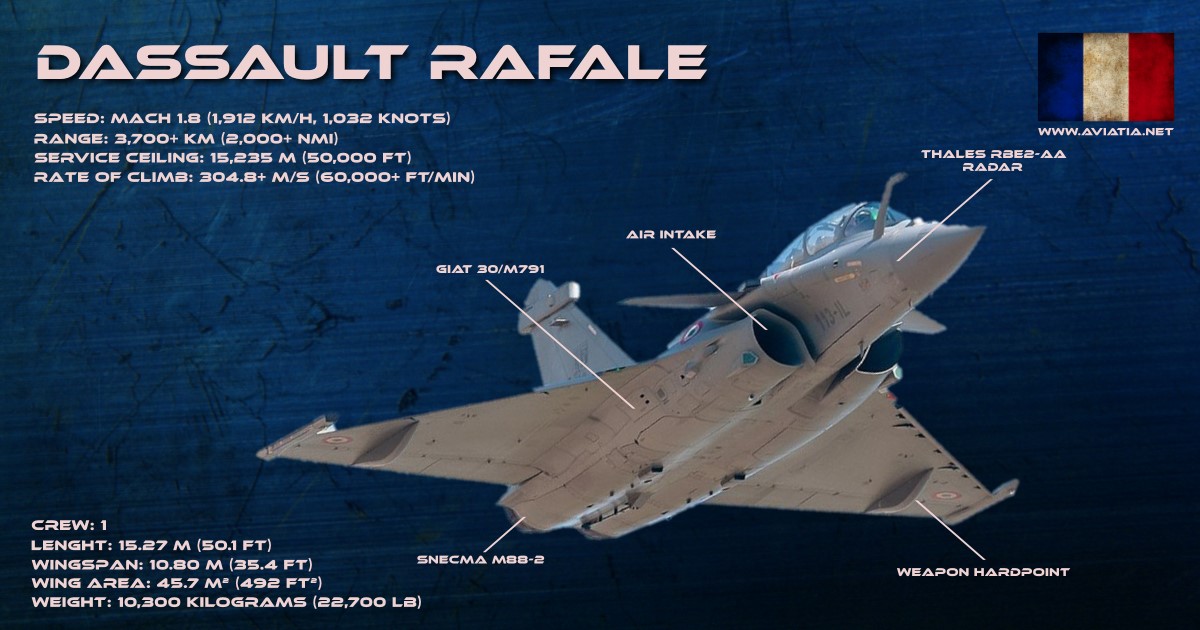Rafale or F-35: Why Indian Rafale Jets Are As Dangerous As Stealth, 5th Generation F-35s?

According to reports, IAF could deploy its new Rafale fighter jets in the Ladakh sector as part of India’s overarching plan to strengthen its military position in the region, where Indian and Chinese forces are locked in a tense border confrontation and disengagement has turned out to be a challenging process.
“The target is to ensure that the Rafale is immediately operationalised. The IAF is already mission deployed in wake of the tensions at the LAC. The aircraft is a big boost to the firepower capability and in a way a morale booster also,” said a source in the defence establishment.
The weapons package for the aircraft was supposed to arrive in October, however, on India’s request in the wake of ongoing border tensions with China, France has diverted the missiles made for its own air force to India. These have started arriving already.
The missiles include the deadly Meteor, the radar-guided air-to-air missile which excels at hunting and destroying enemy threats at long ranges notwithstanding the bad weather and environment conditions.
The Meteor’s capability is associated with its long-range, which is estimated to be well over 120km. According to MBDA, the developer and manufacturer of the missile system, Meteor’s stunning performance is achieved through its unique ramjet propulsion system – solid fuel, variable flow, ducted rocket.
This ‘ramjet’ motor provides the missile with thrust all the way to target intercept, providing the largest ‘No-Escape Zone’ of any air-to-air missile. No-escape zone is the zone in which an aircraft cannot rely on mere agility to evade an incoming missile.
“To ensure total target destruction, the missile is equipped with both impact and proximity fuses and a fragmentation warhead that detonates on impact or at the optimum point of intercept to maximise lethality,” as described by MDMA.
It is developed in cooperation by six European nations: the UK, Germany, Italy, France, Spain and Sweden. The weapon system is compatible with the US origin fifth-generation F-35 Lightning IIs Joint Strike Fighters.
BAE Systems last year announced that it had commenced work on the integration of next-generation weapons onto the UK F-35B fighter jets. The company has started integration of MBDA’s Meteor beyond visual range air-to-air missile on the F-35 jets. The integration is expected to bolster the capability of UK F-35B fighter jets.
Both Russia and China are have been reported to be researching into air-to-air missiles powered by ramjet engines. However, there’s little evidence to suggest that these countries have inducted such missiles.
Pakistan’s US-made AIM-120 AMRAAM is a radar-guided air-to-air missile which was fired by Pakistani F-16s in the aerial skirmish with India in February last year. At the time, IAF lacked the air to air missile that could match the AMRAAM.
The longer the distance a rocket-powered missile has to travel to its target, “the less energy the missile will have for its critical terminal phase of flight, and that is not a good thing”. As an air-to-air missile approaches, a target aircraft will engage in steep manoeuvring and deploy countermeasures to confuse the incoming missile. India’s Su-30MKI fighters were able to dodge the AMRAAM missiles fired by Pakistan’s F-16s last February.
Chinese media has also reported that the country’s air force had begun deploying air-to-air missile on its fleet of J-11 fighters last year. The weapon PL-15 employed has a rocket motor and its primary role is to destroy ‘high-value’ targets such as airborne early-warning aircraft and aerial refuelling aircraft.
In contrast to China and Pakistan’s air to air missile systems, India’s Meteor’s unique propulsion system gives it an edge over them. The Drive notes that “instead of burning off all its fuel right after launch, it [Meteor] can throttle its engine back during the cruise, thus saving fuel.
As it approaches its target it can throttle up, eventually making its terminal attack while at its highest possible energy state, around Mach 4.5, even when fired over long ranges. ‘By inducting the Rafale jets with the Meteor missile system, India will now have an edge in an event of conflict with its cross border foe, China
Disclaimer : we cannot guarantee that, the above presented information is entirely accurate.

Comments
Post a Comment